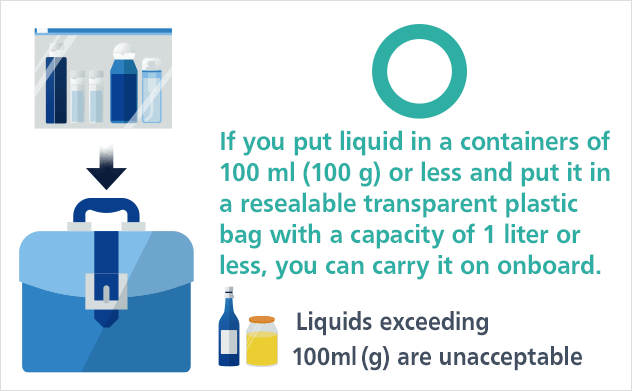

Understanding Liquids on Planes: Navigating Air Travel Regulations
Deciphering Airline Policies
When it comes to air travel, understanding the rules and regulations surrounding liquids is essential. Airlines have strict policies in place regarding the transportation of liquids, and passengers must adhere to these guidelines to ensure a smooth and hassle-free journey. By familiarizing yourself with airline policies beforehand, you can avoid unnecessary delays and frustrations at airport security checkpoints.
TSA Regulations and Guidelines
The Transportation Security Administration (TSA) enforces regulations on liquids carried onto airplanes in the United States. According to TSA guidelines, passengers are permitted to bring small quantities of liquids in containers no larger than 3.4 ounces (100 milliliters) in their carry-on luggage. These containers must be placed in a clear, quart-sized plastic bag and presented separately at airport security checkpoints for inspection.
Understanding the 3-1-1 Rule
To simplify the process for travelers, the TSA has implemented the 3-1-1 rule, which states that passengers may bring liquids, gels, and aerosols in containers of 3.4 ounces (100 milliliters) or less, placed in a single quart-sized plastic bag, with one bag allowed per passenger. This rule helps to streamline the security screening process and ensure consistency across airports.
Exceptions and Exemptions
While the 3-1-1 rule applies to most liquids, there are some exceptions and exemptions to be aware of. Certain essential liquids, such as medications, baby formula, and breast milk, are exempt from the restrictions and are permitted in larger quantities. However, passengers must declare these items to security personnel for inspection.
Packing Tips for Liquids
To avoid any issues at airport security checkpoints, it’s important to pack liquids properly. Place all liquid containers in a clear, quart-sized plastic bag and ensure that each container is no larger than 3.4 ounces (100 milliliters). Be mindful of any liquids purchased at duty-free shops or brought onto the aircraft from previous flights, as these may also be subject to inspection.
Navigating Airport Security
When passing through airport security, be prepared to remove your quart-sized plastic bag containing liquids from your carry-on luggage and place it in a separate bin for screening. Security personnel will inspect the contents of the bag to ensure compliance with TSA regulations. By following these procedures and being cooperative with security personnel, you can help expedite the screening process and avoid delays for yourself and fellow passengers.
Tips for In-Flight Hydration
While the restrictions on liquids may seem stringent, it’s still important to stay hydrated during your flight. Bring an empty water bottle through security and fill it up at a water fountain or refill station near your gate before boarding. Additionally, consider purchasing beverages from the airport terminal or bringing sealed bottles of water onto the aircraft to quench your thirst during the flight.
Understanding International Regulations
It’s worth noting that regulations regarding liquids may vary when traveling internationally. Some countries may have stricter or more lenient policies in place, so be sure to familiarize yourself with the rules of your destination before packing your liquids. Check the website of the airline or contact their customer service department for specific information on international travel regulations.
Staying Informed and Prepared
As air travel continues to evolve, it’s important for passengers to stay informed about the latest regulations and guidelines regarding liquids on planes. By understanding the rules, packing your liquids properly, and cooperating with airport security personnel, you can ensure a smooth and stress-free travel experience. So, before you jet off on your next adventure, take the time to familiarize yourself with the dos and don’ts of traveling with liquids to ensure a seamless journey from start to finish. Read more about liquids on plane



:max_bytes(150000):strip_icc()/201411-w-worlds-most-visited-tourist-attractions-great-wall-of-china-badaling-2000-8fb75adf709246a0a0c3d6bbf9787fba.jpg)





